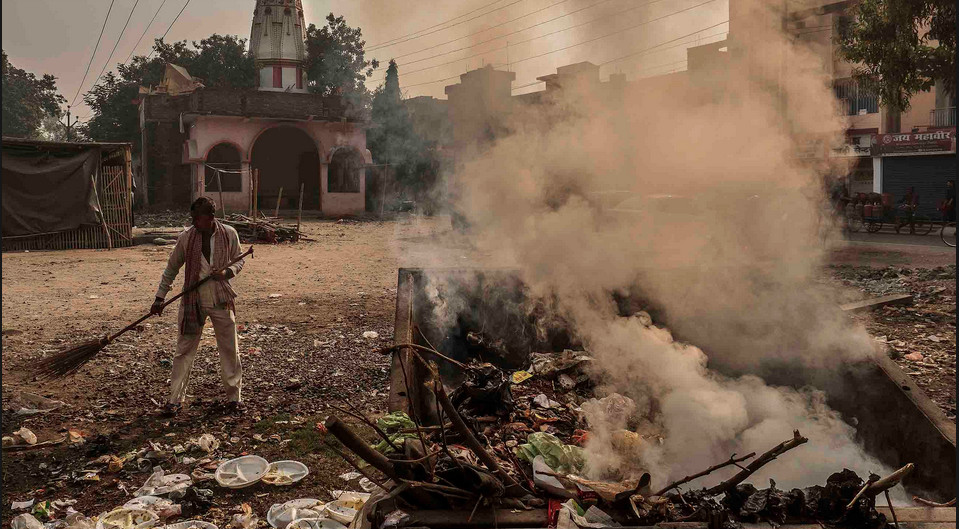Gasping for air in India’s North
Undark, 08 August 2018

Patna — At the Railway Hospital in Patna, India earlier this year, an old woman took a raspy breath and croaked out her name: Annapurna Devi. For five years, her son says, the 70-year-old has been unable to walk, to leave her home, or even talk for very long. Her symptoms flare up every year as the monsoon recedes and the temperature plunges. It is accepted wisdom in this city that winter brings disease.
Devi’s doctor says she has chronic obstructive pulmonary disease, or COPD. Her lungs are hyper-sensitive to irritants, which makes Patna, a rapidly growing city in the northeastern state of Bihar, a particularly difficult place to live. The air here — among the most toxic in the region — is a brew of gases and microscopic particles that can enter the lungs and lead to COPD, cardiovascular disease, and even cancer.
“We keep her protected from air pollution,” said Devi’s son. “She stays at home and at most visits the terrace at times. She’s too old now and is not fit enough to go out of the house.”
In 2017, concentrations of PM2.5 — the most dangerous type of particulate pollution — in Patna’s busiest streets met Indian air quality standards only 81 out of the 311 days that were monitored. On the worst days, the city can experience astronomical levels — sometimes higher than 600 micrograms per cubic meter of PM2.5 (see chart below). That is 60 times the World Health Organization’s recommended safe limit and 15 times the safety benchmark set by Indian government. This year, the WHO called Patna the world’s fifth-most polluted city, with Delhi following close behind.
